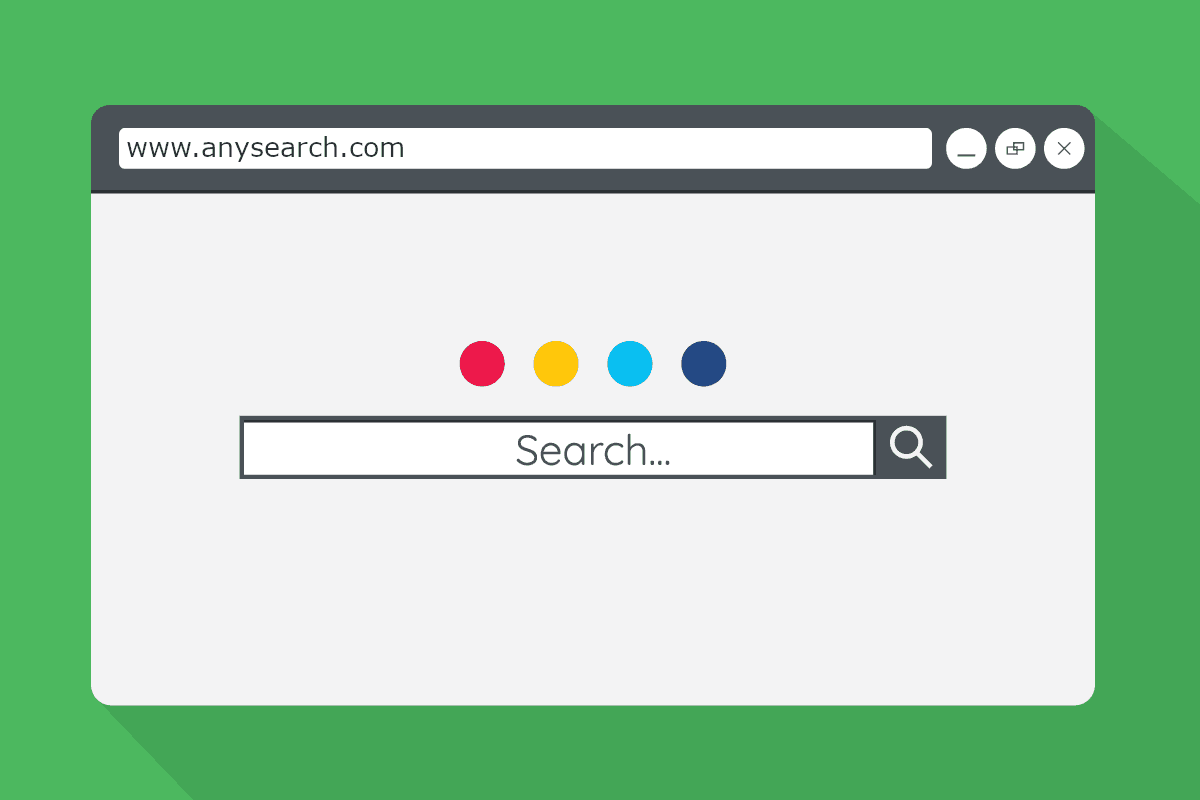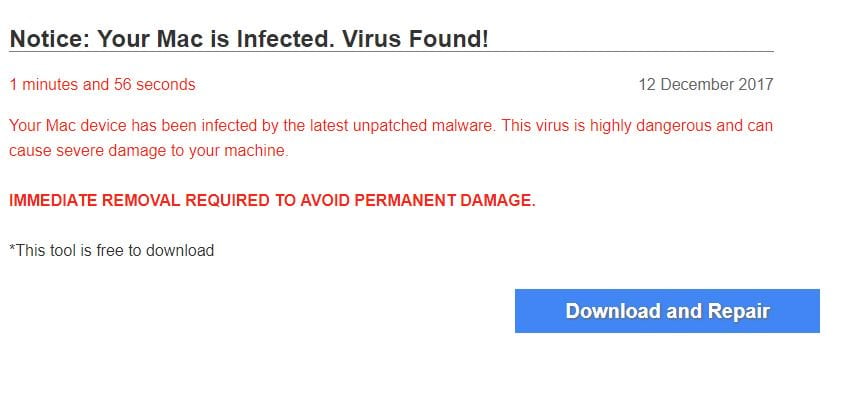

- REMOVE MALWARE FROM MAC 2017 SOFTWARE
- REMOVE MALWARE FROM MAC 2017 PC
- REMOVE MALWARE FROM MAC 2017 WINDOWS
But if lots of these are looking familiar, then you might want to go ahead and keep reading. If you have just one or two of these symptoms, it might not mean you have adware.
REMOVE MALWARE FROM MAC 2017 SOFTWARE
REMOVE MALWARE FROM MAC 2017 PC
Let the PC folks wring their hands over that stuff. If you use the Firefox or Chrome browser, open its extension list and do as in Step 4.You thought if you bought a Mac, you’d be safe, right? No need to worry about malware and viruses. If there are no extensions, or if you can't launch Safari, skip this step.

If any extensions are listed, post a screenshot. Open the Safari preferences window and select the Extensions tab. This time the folder will be named "LaunchDaemons." As in that step, the folder may not exist. The folder that may open will have the same name, but is not the same, as the one in Step 1. Drag the image file into the editing window to upload it. If not, capture a smaller part of the screen showing only what needs to be shown. Open the screenshot and make sure it's readable. If necessary, enlarge the window so that all of the contents are showing.įollow the instructions in this support article under the heading "Take a screenshot of a window." An image file with a name beginning in "Screen Shot" should be saved to the Desktop. Click that heading twice to sort the contents by date with the newest at the top.

There should be a column in the Finder window headed Date Modified. If the folder does open, press the key combination command-2 to select list view, if it's not already selected. If the folder isn't found, go to the next step. Either a folder named "LaunchAgents" will open, or you'll get a notice that the folder can't be found. Please triple-click the line below on this page to select it, then copy the text to the Clipboard by pressing the key combination command-C:įrom the menu bar and paste into the box that opens by pressing command-V. The malware will be disabled temporarily. If none of your web browsers is working well enough to carry out these instructions, restart the computer in safe mode. Also, some websites carry intrusive popup ads that may be mistaken for adware. That's not malware and it may not show up.
REMOVE MALWARE FROM MAC 2017 WINDOWS
Some legitimate software is ad-supported and may display ads in its own windows or in a web browser while it's running. Deactivating it is a separate, and even easier, procedure. This easy procedure will detect any kind of adware that I know of. If the malware is not removed automatically, see below. If the malware is removed in your case, you'll still need to make changes to the way you use the computer to protect yourself from further attacks. That's why you can't rely on software to protect you. There is no such thing as automatic removal of all possible malware, either by OS X or by third-party software. Again, some kinds of malware will be removed-not all. If you are already running the latest version, please log out or restart the computer.

If you're not already running the latest version of OS X, updating or upgrading in the App Store may cause the adware to be removed automatically. There is never a need for it, and relying on it for protection makes you more vulnerable to attack, not less. You may have installed ad-injection malware ("adware").ĭon't use any kind of "anti-virus" or "anti-malware" product on a Mac.


 0 kommentar(er)
0 kommentar(er)
